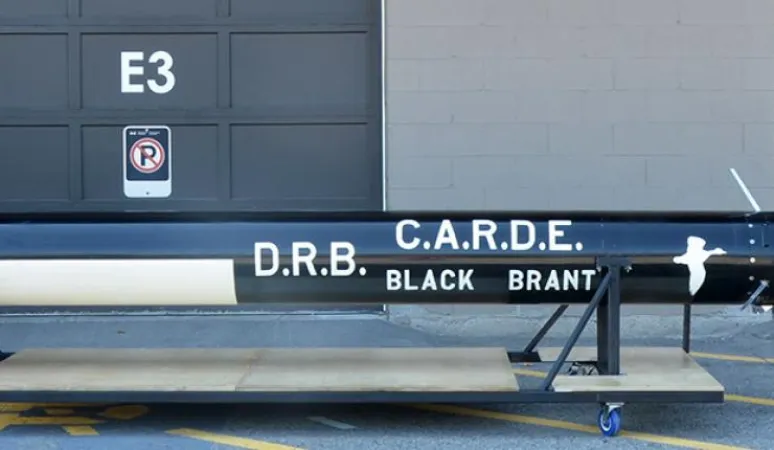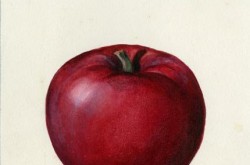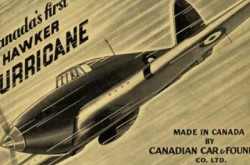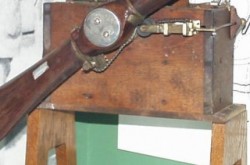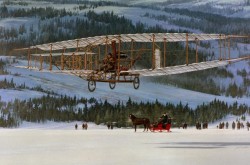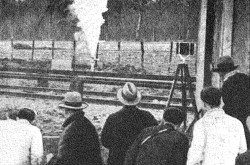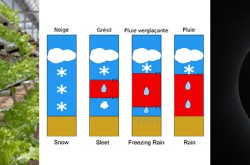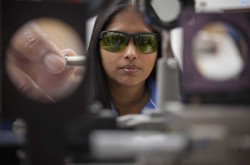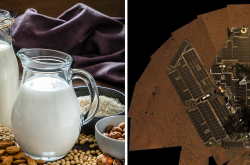Black Brant Rocket
This article was originally written and submitted as part of a Canada 150 Project, the Innovation Storybook, to crowdsource stories of Canadian innovation with partners across Canada. The content has since been migrated to Ingenium’s Channel, a digital hub featuring curated content related to science, technology and innovation.
Research Rocket: Investigating the Upper Atmosphere
The Black Brant was Canada’s first research rocket. Its versatility and dependability made it a NASA favourite. The Black Brant rocket established Canada’s Space program and developed Canadian expertise in upper-atmosphere testing. Researchers use rockets to study ionospheric phenomena, especially the Aurora Borealis (or northern lights), and their effect on high-frequency radio communications. They are launched into the ionosphere, where their instrument payload separates to collect observations.
After the Second World War, the Canadian military pursued research on guided missiles at the Canadian Armament Research and Development Establishment (CARDE, established in 1945). When the guided missile program was cancelled, CARDE turned to sounding rockets to help Canadian communications researchers investigate the ionosphere, part of the upper atmosphere. In 1957, CARDE contracted Bristol Aerospace Limited in Winnipeg to build a new sounding rocket.
Designed by engineer Albert Fia (sometimes called the “father of Canadian rocketry”), the Black Brant was first launched from CARDE’s Fort Churchill rocket range in 1959. By 1964, Bristol was selling commercial versions of the Black Brant to customers, including the National Aeronautics and Space Administration (NASA). Since then, more than 1,000 Black Brants have been launched, making it one of the most successful sounding rockets ever produced.
The Black Brant is named after a small black goose (Branta bernicla) that nests along the Arctic coast.



